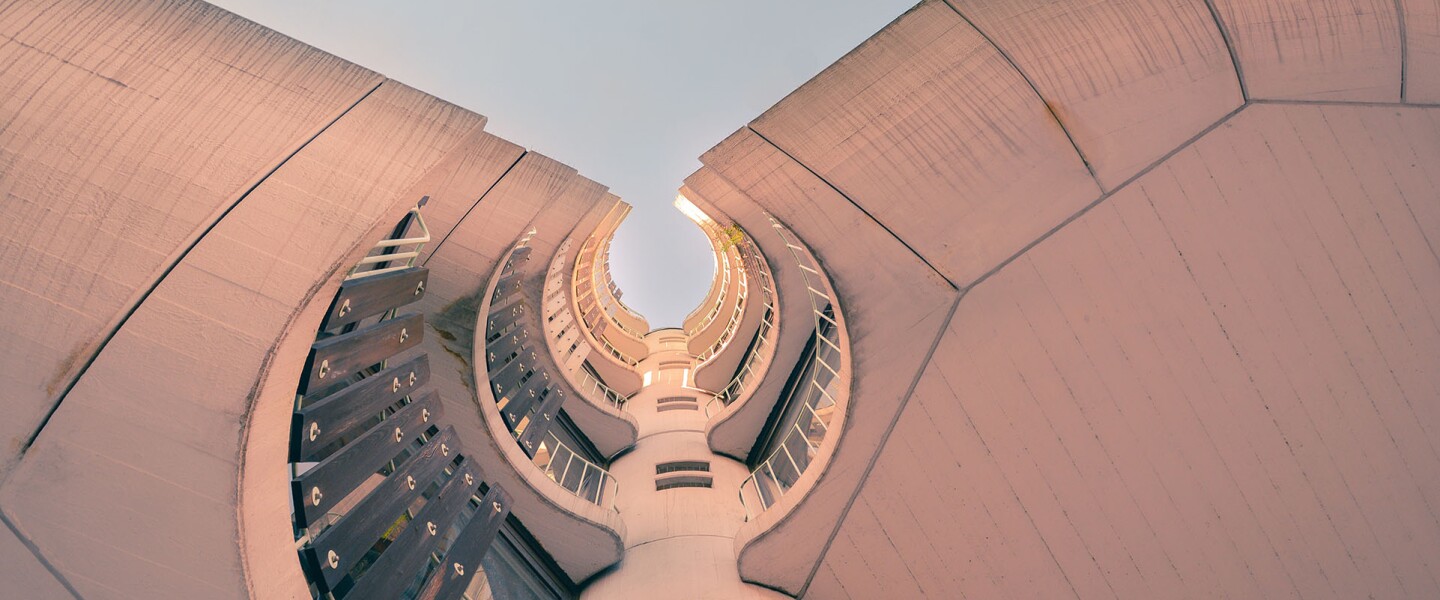Investment “Yield”: The IRR calculation
The simple “cash-on-cash” return figure uses a property’s cash flow numbers to give a simple look at the desirability of an investment. In addition to not taking into account any appreciation of a property, however, it also doesn’t incorporate a key second element in measuring return on investment, time. Investors are interested not only in how much money they will receive, but when they will receive it. The internal rate of return figure (“IRR”) incorporates the “time value of money” and thus provides a fuller analysis of return on investment.
Time Value of Money
The key idea underlying the time value of money is the “present value” concept. This is simply the idea that a dollar today is worth more than a dollar tomorrow. This is true for three reasons:
- Inflation – because prices rise, future dollars are generally worth less than present dollars.
- Opportunity cost – a dollar in hand today could be invested to earn interest; if a dollar is not received until a year from now, the interest that could have been earned must be foregone.
- Risk – if a dollar is to be received in the future, there is always some possibility that the dollar will not in fact be repaid.
The value of future money must thus be “discounted,” a concept that is related to the idea of compound interest. The value of a future dollar is linked to how a present dollar earns interest – and that includes the idea that interest in later periods is paid on both that initial dollar and the interest earned on earlier periods. This is the “compound interest” that is earned by money in a bank savings account, for example. In the finance world, this compounding of interest is calculated as follows:
FV = PV(1 + r)n
where
r = interest rate
n = number of compounding periods
PV = present value
FV = future value
The calculation of investment yield, or IRR, is a variant on this formula, and can be viewed simply as compound interest in reverse – that is, compound interest worked backwards in time, or “discounting.” It states a rate of return on investment that is a function of the present value of both the property’s future cash flows and the expected gains to be made from its ultimate sale. Since all of these monies will be gained at different times in the future, an IRR calculation is needed to relate the combined present value of each of those various income sources to the value of the initial investment. One drawback of the IRR calculation is that it assumes that earlier cash flows will be reinvested at the same rate of return, which is usually a bit unrealistic. Nevertheless, the IRR figure is a relatively good indicator of a project’s overall rate of return.
Today’s computers and calculators make the computation of IRR quite easy. One must assign expected cash flow figures to each year (with any projected gain on sale assigned to the final year), and make clear how many years the project is to last -- and modern spreadsheet programs can immediately calculate the IRR of the project. These programs also permit an investor to use different sets of assumptions and projections in analyzing the investment.
That functionality is important, since the IRR is necessarily based on a set of projections and assumptions. For example, since the IRR is computed based on the amount actually invested, it will generally increase significantly for those projects that are partially financed with debt. The various other risks inherent in a project must also be evaluated, and different sets of assumptions utilized, before settling on a set of cash flow and sales figures that are the key to calculating the IRR. These other steps are part of the due diligence to be undertaken on a project -- and here, there is still no computerized substitute for thoughtful human analysis of the various risk factors that might affect an investment’s outcome.
